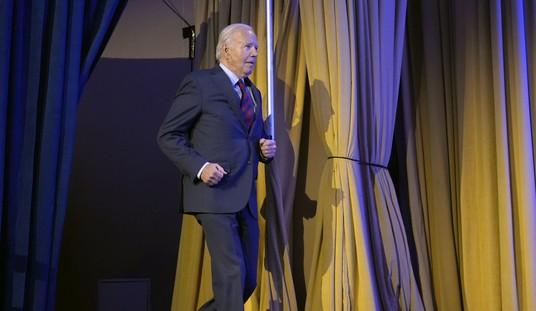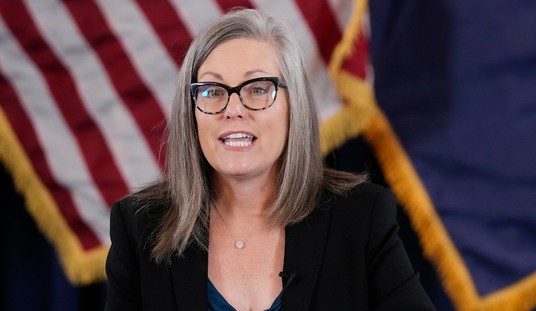Dear Mr. Krugman,
In regards to your recent blog post maintaining that “patients are not consumers,” and what’s more that such a depiction of a relationship is “sickening” — your romantic image of health care, apparently garnered from too many viewings of ER, House M.D., or perhaps General Hospital, apparently consists of handsome wisecracking surgeons facing a barrage of patients bleeding out or dealing with obscure, life-threatening conditions.
Medical care is an area in which crucial decisions — life and death decisions — must be made; yet making those decisions intelligently requires a vast amount of specialized knowledge; and often those decisions must also be made under conditions in which the patient is incapacitated, under severe stress, or needs action immediately, with no time for discussion, let alone comparison shopping… There’s a reason we have TV series about heroic doctors, while we don’t have TV series about heroic middle managers or heroic economists.
This is both ludicrous and incorrect, painting a picture where visits with a medical professional are always preceded by a call to 911 and a trip on a blaring ambulance — which is the experience for approximately zero Americans, anywhere. I would be eager to learn of any of your research showing otherwise.
A simple glance at a cost breakdown of the American health care system eradicates your fanciful depiction. According to the U.S. Department of Health and Human Services and the Agency for Healthcare Research and Quality, as much as 75% of health care costs in the United States are due to chronic conditions. Administrative costs alone take up nearly 10% of the national pie chart. As the U.S. population ages, the management of these long-term conditions takes up the overwhelming portion of responsibility for the rising costs of care — according to the Kaiser Family Foundation’s research, the average American over the age of 64 spends vastly more on health care services than any other age group, roughly $9,000 per year — and despite the massive increase in taxpayer subsidies, private health insurance remains the largest source of health spending.

Your incorrect view of the nation’s health care reality is, in fact, one of the chief reasons for problems with the current system, which was originally designed in the 1930s to cover catastrophic events, not chronic conditions, predictable treatments, and long-term care. As a 2009 report in McKinsey Quarterly notes, “The fundamental nature of medical risk in the United States has changed over the past 20 to 30 years — shifting away from random, infrequent, and catastrophic events driven by accidents, genetic predisposition, or contagious disease, and toward behavior- and lifestyle-induced chronic conditions. Treating them, and the serious medical events they commonly induce, now costs more than treating the more random, catastrophic events that health insurance was originally designed to cover.”
Employer-based insurance, which made sense when people had one or two employers in a lifetime, now separates consumers from price signals and eliminates transparency in the marketplace, and results in a situation where people are overinsured for some risks and underinsured for others. America today is burdened with a nonsensical health care system where government-driven incentives warp the decision-making process of individuals, and doctors are expected to work essentially for free.
The small steps taken toward market approaches which allow for expanded individual choices have shown positive results, and progress toward cost-reduction without sacrificing coverage, as individuals make decisions based not on artificial systems constructed by agencies, but on their own priorities and needs. Yet these positive examples were completely ignored under President Obama’s new nationalized health care regime.
There is some irony in your mistake and in his, in that the government-managed coverage systems you favor are perhaps at their worst in providing responses to the life-threatening illnesses you apparently think all of us are faced with on a daily basis. In fact, in the absence of on-demand treatment of consumers, they turn serious yet treatable illnesses into death sentences. The United Kingdom, under CMS director Donald Berwick’s beloved National Health Service (he openly confesses “I am a romantic about the NHS”) in which consumer power is extremely limited by law, has created a cancer mortality rate more than 38 percent higher than America’s. For example, in the UK, women with breast cancer have a 46 percent mortality rate, compared with only 25 percent in the U.S., and while only 19 percent of men in the U.S. who get prostate cancer die of it, in the U.K. it kills 57 percent.
Of course, the U.K. was recently touted by the Economist Intelligence Unit for ranking at the top in one category, thanks in large part to the abundant provision of painkillers as opposed to extended treatment: quality of death. That’s what the beau ideal of government-run health care gets you, Mr. Krugman — a system in which patients have no ability to act as consumers, where providers do not have to compete for their business, where individuals are treated too late and all that the system will allow is to give them some painkillers to make them comfortable before they die.
Such approaches might make for good television scenes, but they make for terrible policy.
Best Regards,
Benjamin Domenech
Research Fellow, The Heartland Institute
P.S. A colleague suggests that you ought to try re-reading what you have written, replacing medical care with, say, aviation, and then repeat your conjecture.














Join the conversation as a VIP Member